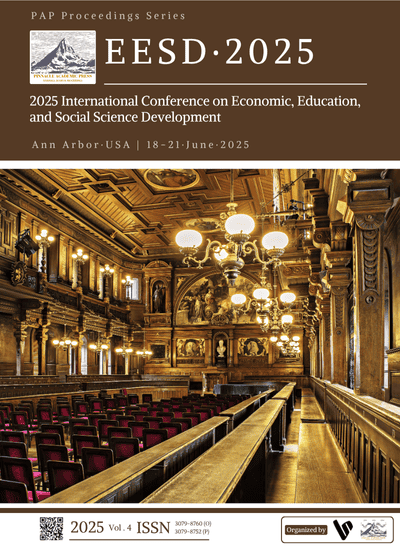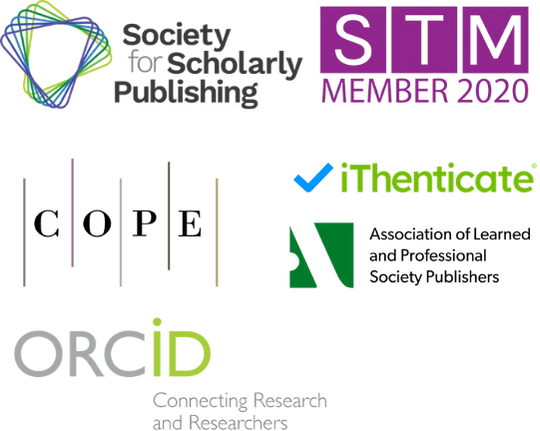ESG Investment Strategies in Emerging Markets: Implementation and Effectiveness Evaluation
DOI:
https://doi.org/10.71222/ekxt6m50Keywords:
ESG Investing, emerging markets, sustainable finance, corporate governance, market evaluationAbstract
The global rise of Environmental, Social, and Governance (ESG) investing has reshaped capital flows and corporate conduct in developed markets, but its application in emerging economies remains underexplored. This study examines the implementation of ESG strategies in emerging market contexts, evaluating both financial and non-financial impacts on firms, investors, and overall market development. Using a modular framework, we analyze case studies from Brazil, China, Southeast Asia, and India, identifying four distinct ESG strategy models shaped by regional institutions. Drawing on ESG scores, financial data, and policy analysis, we assess how ESG practices influence risk-adjusted returns, cost of capital, and investment inflows for 150 publicly listed firms (2015–2023) using firm-fixed effects regression models. Structured interviews with investors and sustainability officers provide qualitative insights into ESG adoption barriers and enablers. Findings show ESG-aligned firms in emerging markets demonstrate greater resilience to volatility and increased investor confidence. However, benefits are moderated by institutional quality, data transparency, and regulatory consistency. Governance-related ESG practices, such as board independence and stakeholder disclosure, exert the clearest positive effect on firm valuation. In contrast, environmental metrics often lack standardization, while social factors like labor and community engagement remain underreported. This study advances sustainable finance literature by offering a structured assessment of ESG strategies in developing markets. It calls for harmonized reporting standards, capacity-building, and ESG data interoperability. Policy recommendations include incentivizing verified disclosures, integrating ESG into credit ratings, and ESG training for corporate boards. Overall, ESG can act as both a development catalyst and market differentiator amid institutional and market challenges in emerging economies.
References
1. R. Kräussl, T. Oladiran, and D. Stefanova, “A review on ESG investing: Investors’ expectations, beliefs and perceptions,” J. Econ. Surv., vol. 38, no. 2, pp. 476–502, 2024, doi: 10.1111/joes.12599.
2. J. R. Macey, “ESG Investing: Why Here? Why Now?,” Berkeley Bus. Law J., vol. 19, pp. 258–290, 2022.
3. H. Wen, et al., “The fundamental effects of ESG disclosure quality in boosting the growth of ESG investing,” J. Int. Financ. Mark. Inst. Money, vol. 81, p. 101655, 2022, doi: 10.1016/j.intfin.2022.101655.
4. V. Ediagbonya and C. Tioluwani, “The role of fintech in driving financial inclusion in developing and emerging markets: Issues, challenges and prospects,” Technol. Sustain., vol. 2, no. 1, pp. 100–119, 2023, doi: 10.1108/TECHS-10-2021-0017.
5. V. P. G. Bretas and I. Alon, “Franchising research on emerging markets: Bibliometric and content analyses,” J. Bus. Res., vol. 133, pp. 51–65, 2021, doi: 10.1016/j.jbusres.2021.04.067.
6. L.-P. Dana, et al., “Investigating the impact of international markets and new digital technologies on business innovation in emerging markets,” Sustainability, vol. 14, no. 2, p. 983, 2022, doi: 10.3390/su14020983.
7. F. A. F. de S. Cunha, E. Meira, and R. J. Orsato, “Sustainable finance and investment: Review and research agenda,” Bus. Strategy Environ., vol. 30, no. 8, pp. 3821–3838, 2021, doi: 10.1002/bse.2842.
8. S. Kumar, et al., “Past, present, and future of sustainable finance: Insights from big data analytics through machine learning of scholarly research,” Ann. Oper. Res., vol. 345, no. 2, pp. 1061–1104, 2025, doi: 10.1007/s10479-021-04410-8.
9. I.-S. Popescu, C. Hitaj, and E. Benetto, “Measuring the sustainability of investment funds: A critical review of methods and frameworks in sustainable finance,” J. Clean. Prod., vol. 314, p. 128016, 2021, doi: 10.1016/j.jclepro.2021.128016.
10. S. F. A. Khatib, “An assessment of methods to deal with endogeneity in corporate governance and reporting research,” Corp. Gov.: Int. J. Bus. Soc., vol. 25, no. 3, pp. 606–630, 2025, doi: 10.1108/CG-12-2023-0507.
11. H. A. Almashhadani and M. Almashhadani, “An overview of recent developments in corporate governance,” Int. J. Bus. Manag. Invent., vol. 11, no. 5, pp. 39–44, 2022.
12. M. Almashhadani and A. A. Almashhadani, “Corporate governance science, culture and financial performance,” Int. J. Bus. Manag. Invent., vol. 11, no. 2, pp. 55–60, 2023.
13. I. Nurhayati, et al., “Impact of COVID-19 on performance evaluation large market capitalization stocks and open innovation,” J. Open Innov.: Technol. Mark. Complex., vol. 7, no. 1, p. 56, 2021, doi: 10.3390/joitmc7010056.
14. F. Tajani, et al., “An assessment methodology for the evaluation of the impacts of the COVID-19 pandemic on the Italian housing market demand,” Buildings, vol. 11, no. 12, p. 592, 2021, doi: 10.3390/buildings11120592.
15. T. Msomi and O. Olarewaju, “Evaluation of access to finance, market and viability of small and medium-sized enterprises in South Africa,” Probl. Perspect. Manag., vol. 19, no. 1, pp. 281–294, 2021, doi: 10.21511/ppm.19(1).2021.24.
Downloads
Published
Issue
Section
License
Copyright (c) 2025 Zexi Li (Author)

This work is licensed under a Creative Commons Attribution 4.0 International License.



